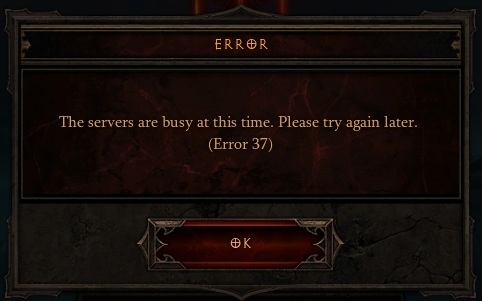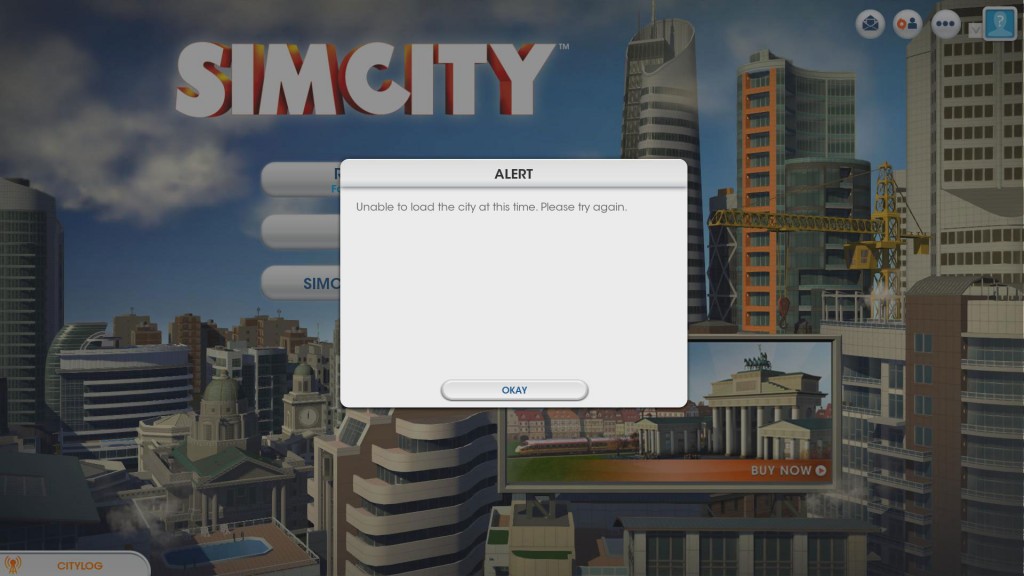What can games learn from UX?
It started, as it often does, with a tweet. “What can UX learn from gaming?” asked @TheDrum, followed by a link to this piece. Frankly, anyone who believes games offer a good model for UX to imitate probably hasn’t actually tried playing that many games, especially on the One True Format, although a cursory Twitter search for “PS3 Update” should demonstrate that consoles are far from immune from the scourge of thoughtless design. The question needs to be reversed — “What can gaming learn from UX?”
The answer, I think, is quite a lot.

On the web, we live in an age where people designing and building things want to make them work as well as possible, regardless of what device you’re on. Even old browsers should still get most of what’s on offer. Recently, the idea of Offline First design has taken root— that is, web apps which will still work and behave reasonably even on a flaky or non-existent connection. Let me repeat that: web apps that work with the connection the user has, not the connection you want them to have.
Meanwhile, in the land of AAA, multi-million dollar game releases:


Both of these games can be played single player, but require you to be constantly online regardless. Neither of these games have any particular need to be online; before they were released questions about the reasoning behind making them always online were raised, and went without substantive answers. Both had catastrophic clusterfucks for launches, with thousands of users unable to play the game they paid significant sums of money for until days and sometimes weeks later.
Where are the people in EA and Blizzard looking out for the users? They either don’t exist, or they’re being ignored by the people making the architectural decisions. Neither leaves a good taste.
EA is, of course, a serial and a serious offender. One of the things that prompted me to write this screed was John Walker’s account on Rock Paper Shotgun of his attempt to play Battlefield 4’s single player campaign. Even if we leave aside any server or connection issues (which we shouldn’t, but bear with me) there are so many things wrong with this process it’s difficult to know where to start. Requiring both your own digital distribution service and a fucking browser plugin just to launch the single player campaign is just such a bizarre idea to anyone outside of EA’s senior management. There are so many hoops to jump through which add nothing to the experience of most players, and so many possible points of failure just waiting for a little server glitch to throw everything out of sync. Anyone familiar with design will probably have heard that “Perfection is achieved, not when there is nothing more to add, but when there is nothing left to take away”. This is pretty clearly the opposite of that.
It’s worth thinking about how Origin fits in this context. Conceived as a competitor for Steam, it is fundamentally the result of EA’s compulsion to squeeze every dollar possible from their customers. EA look at the revenue Steam generates for Valve, and think “I want more of that”. Fair enough — they, unlike Valve, are a public company who have a responsibility to maximise shareholder profit. In this day and age, however, you cannot simply compete on features — you have to compete on experience. Steam, for all its many and well documented flaws, offers both superior features and a better experience.
Speaking of things Steam is better than, perhaps the crowning glory of inexplicably shit, totally broken game-related UX is the hateful bundle of inscrutable idiocy that comprises Games For Windows Live. While Microsoft are experts in the death by a thousand cuts approach to UX, GFWL was more like a savage beating of ineptitude. While it does now appear to have been taken out and put out of its misery, anyone who’s had the misfortune of using the “service” which, like Origin, aimed to replicate most of the features of Steam, will probably have tales to tell of bizarre login loops, game-blocking client updates, server problems, saves going missing, and more. The sting in the tail here is, naturally, that it provides absolutely no added value to players.
Even absent massive cock-ups like GFWL, a litany of more minor complaints can be found in games of all shapes and sizes. Minor UI elements and affordances we take for granted on the web are absent or incomplete. Required password or content codes use fields that can’t be pasted into. I’m not even getting into actual gameplay — I could probably write a book on crappy checkpointing alone, but fortunately for all concerned I’d probably have an aneurysm first.
There are glimmers of hope. Steam at least attempts to add value for the user — notably, by competing on price in their legendary sales. Elsewhere, the Humble Bundle retail experience is one of the best online shopping experiences I’ve had, and their Android app is a good alternative to manually installing a bunch of APKs. The actual gameplay of most games is strong enough to create compelling experiences which can’t be replicated in any other medium.
Too often, though, layers of thoughtless decisions transform what should be an enjoyable experience into one that must be endured. If games really want to be seen as leaders in user experience, they need to look at the work being done in other areas of interactive design. More importantly, players need to have someone looking out for their interests during development. Otherwise we’re doomed to repeat the mistakes of the past, stuck in GFWL login loop purgatory for ever.